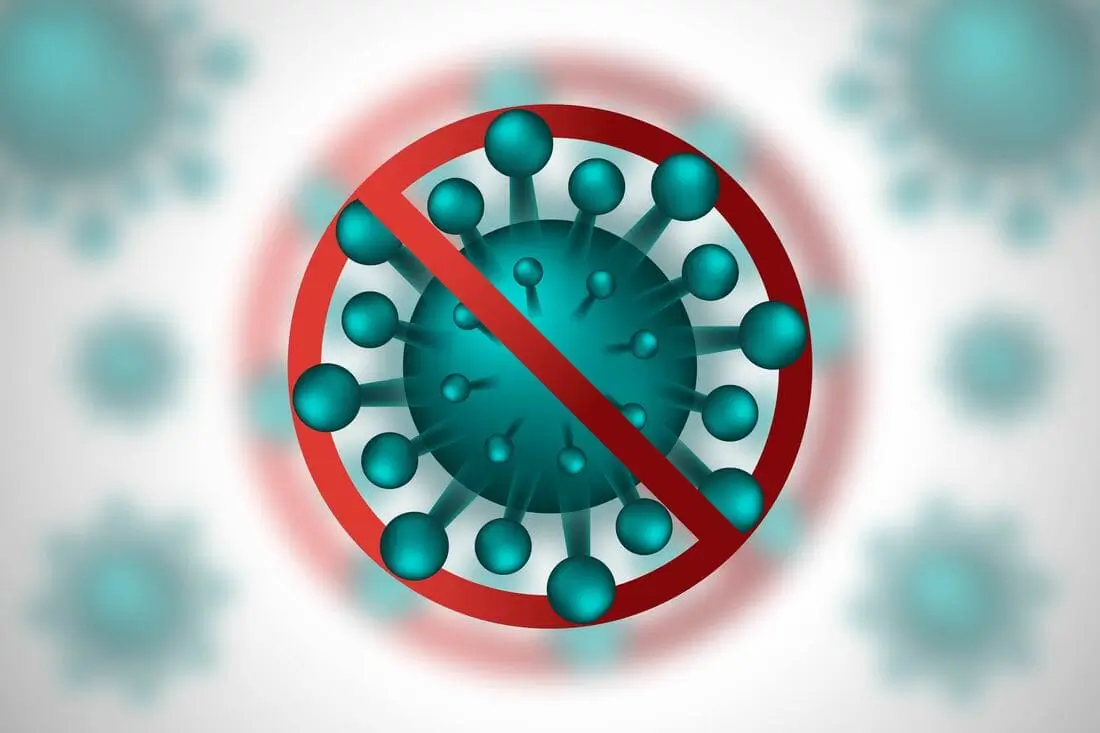- info@abiscans.com
- Coimbatore | Tiruppur | Pollachi | Palladam | Kochi
H3N2 Virus (Influenza A): Symptoms, Diagnosis, Treatment and Spread

Summary
The H3N2 virus, a subtype of Influenza A, can cause seasonal flu with varying severity. This blog explains its symptoms, diagnosis methods, treatment options, how it spreads, and preventive steps including hygiene and vaccination. Staying informed helps reduce risks and ensures early care.
Table of Contents
ToggleIntroduction
Influenza viruses are among the most common causes of seasonal flu outbreaks around the world. One particular strain, the H3N2 virus, has gained attention because of its potential to cause widespread illness across different age groups. Belonging to the Influenza A category, H3N2 is not new, but it continues to evolve and cause seasonal challenges for healthcare systems. Understanding its symptoms, diagnosis, treatment, and methods of prevention is essential for protecting both individual and community health.
What Is the H3N2 Virus (Influenza A)?
H3N2 is a subtype of the Influenza A virus. Like other influenza viruses, it primarily affects the respiratory system. It is characterized by frequent mutations, which means the virus changes its genetic makeup over time. These changes are one of the main reasons why flu vaccines need to be updated regularly.
The virus spreads more easily during colder months, but outbreaks can occur at any time of the year. While most healthy individuals recover without complications, the H3N2 virus can cause severe illness in children, the elderly, and people with weakened immune systems.
What Are the Symptoms of H3N2 Infection?
The symptoms of H3N2 infection are very similar to those of seasonal flu. However, in some individuals, the intensity of symptoms can be more severe.
What Are the Early Signs of H3N2?
The early symptoms usually appear within one to four days after exposure and include:
- Sudden onset of fever and chills
- Persistent cough
- Sore throat and nasal congestion
- Headache and body aches
- Unusual fatigue and weakness
These symptoms often resemble those of the common cold but tend to come on more abruptly and with greater intensity.
What Severe Symptoms Should You Watch Out For?
In some cases, H3N2 infection may progress to more serious symptoms such as:
- Shortness of breath or difficulty breathing
- Chest pain or tightness
- Severe dehydration caused by prolonged fever and fluid loss
- Dizziness or confusion
- Worsening of pre-existing health conditions such as asthma, diabetes, or heart disease
If these severe symptoms appear, immediate medical attention is necessary.
How Is H3N2 Virus Diagnosed?
Since the symptoms of H3N2 are similar to other viral infections, proper diagnosis is crucial for effective treatment.
Which Tests Detect H3N2 Virus?
Doctors may recommend specific laboratory tests, such as:
- Rapid Influenza Diagnostic Tests (RIDTs): Provide results within 15–30 minutes but are less accurate.
- Polymerase Chain Reaction (PCR) Tests: More accurate in identifying H3N2 and other influenza strains.
- Viral Culture Tests: Used for detailed study but take longer to produce results.
These diagnostic tools help doctors differentiate H3N2 from other respiratory viruses like COVID-19, RSV, or common cold viruses.
When Should You See a Doctor?
If you experience persistent fever, breathing difficulties, chest discomfort, or worsening symptoms even after home care, you should consult a doctor immediately. High-risk groups such as young children, elderly individuals, pregnant women, and people with chronic conditions should seek medical advice at the earliest sign of flu-like symptoms.
What Is the Treatment for H3N2 Virus?
There is no single cure for influenza, including H3N2. Treatment focuses on relieving symptoms, preventing complications, and shortening the duration of the illness.
Doctors may recommend the following approaches:
- Antiviral Medications: Prescription drugs such as oseltamivir (Tamiflu) or zanamivir can reduce the severity and duration of symptoms if started early, preferably within 48 hours of symptom onset.
- Supportive Care: Rest, adequate hydration, and balanced nutrition help the body recover naturally.
- Fever and Pain Relief: Over-the-counter medications like acetaminophen or ibuprofen can reduce fever, headaches, and muscle pain.
- Avoiding Self-Medication: Antibiotics are not effective against viral infections and should only be prescribed when bacterial complications arise.
Hospitalization may be necessary for individuals with severe respiratory distress, pneumonia, or other complications.
How Does the H3N2 Virus Spread?
Like other influenza viruses, H3N2 spreads mainly through respiratory droplets. When an infected person coughs, sneezes, or even talks, droplets carrying the virus can reach others nearby.
The virus can also survive on surfaces such as doorknobs, mobile phones, or tabletops for several hours. Touching these contaminated surfaces and then touching the mouth, nose, or eyes increases the risk of infection.
Crowded environments such as schools, offices, and public transportation contribute to faster transmission. This is why preventive measures are crucial during peak flu seasons.
How Can You Prevent H3N2 Infection?
Prevention plays a key role in controlling the spread of influenza viruses like H3N2. A combination of healthy habits, personal hygiene, and vaccination is the best line of defense.
How Can Lifestyle and Hygiene Reduce Risk?
Simple lifestyle changes can significantly reduce the chances of catching or spreading the virus:
- Wash hands frequently with soap and water or use alcohol-based sanitizers.
- Wear masks in crowded or poorly ventilated areas during flu outbreaks.
- Cover your mouth and nose with a tissue or elbow while coughing or sneezing.
- Avoid close contact with infected individuals.
- Maintain good hydration, nutrition, and adequate sleep to strengthen immunity.
Is Vaccination Effective Against H3N2?
Yes. Annual flu vaccination is one of the most effective ways to reduce the risk of H3N2 infection. Since the influenza virus frequently mutates, vaccines are updated each year to match the most common circulating strains.
While vaccines may not provide 100 percent protection, they significantly lower the chances of severe illness, hospitalization, and complications. High-risk groups should make vaccination a priority.
Conclusion
The H3N2 virus, a subtype of Influenza A, continues to cause seasonal flu outbreaks across the globe. Although most cases are mild, the virus can lead to severe complications in vulnerable individuals. Recognizing early symptoms, seeking timely diagnosis, and following proper treatment are essential for recovery.
Preventive strategies such as maintaining good hygiene, adopting healthy lifestyle practices, and getting vaccinated annually remain the strongest defense against this virus. By staying informed and proactive, you can protect yourself and your loved ones from the impact of H3N2 and contribute to overall community health.
Recent Posts
Keep Your Haemoglobin Levels in Check
Exploring the Types of Blood Sugar Tests for Diabetes
November 3, 2025
H3N2 Virus (Influenza A): Symptoms, Diagnosis, Treatment and Spread
October 8, 2025
Have Any Questions?
There is no Better Time than Now, Feel Free to contact us Today.
Categories
Exploring the Types of Blood Sugar Tests for Diabetes
Exploring the Types of Blood Sugar Tests for Diabetes Summary:Blood sugar testing is
H3N2 Virus (Influenza A): Symptoms, Diagnosis, Treatment and Spread
H3N2 Virus (Influenza A): Symptoms, Diagnosis, Treatment and Spread SummaryThe H3N2 virus, a
Importance of Regular Health Check-Ups for Healthy Life
Importance of Regular Health Check-Ups for Healthy Life SummaryRegular health checkups are vital



